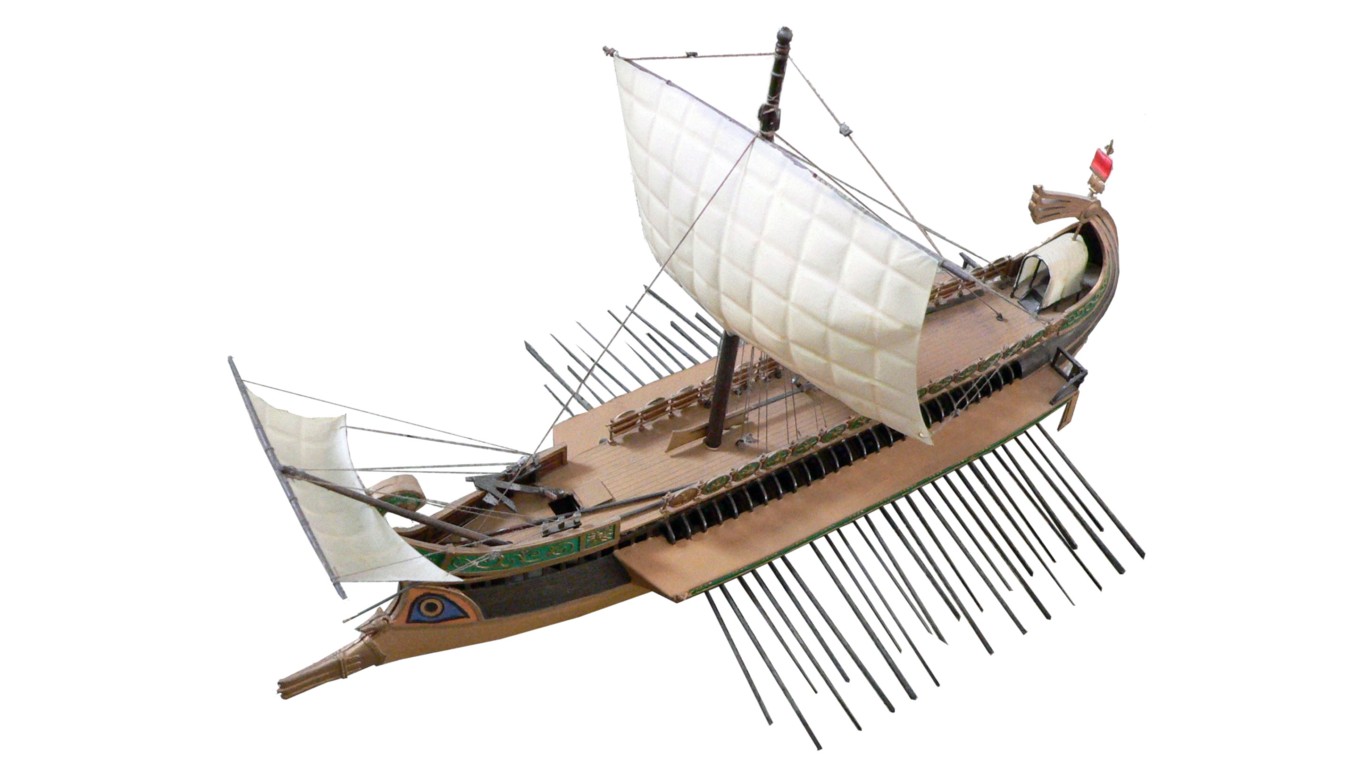
Recovering pirates’ treasure may seem like a fantasy, but there are archaeologists and treasure hunters alike who have made it their life’s mission to locate lost shipwrecks, many of which contain gold and other riches as well as historical artifacts of great value. (Read about the most infamous pirates in history.)
It is estimated that there are more than 3 million undiscovered shipwrecks across the globe. Whether they were trade ships battered by hurricanes, passenger ships that sank while carrying aristocrats and their safe boxes, or battleships that went down with hundreds of sailors aboard, shipwrecks have always fascinated the public, and for good reason. They are time capsules containing a rich history – and often literal riches – just waiting to be discovered.
After consulting dozens of historical articles on shipwrecks and their discoveries from a variety of sources, 24/7 Tempo has compiled a list of 35 of the most famous shipwrecks ever found, from ancient Roman trading vessels to WWII battleships – and including the most famous shipwreck of all, the Titanic. (Here are 57 fascinating facts about the Titanic.)
While a few of the ships on this list ran aground, most are far beneath the ocean’s surface. Modern technologies such as underwater robots and sonar have revolutionized the ability of scientists, explorers, and salvagers to locate these underwater wrecks and their buried secrets. To date, billions of dollars worth of gold, silver, and other valuable artifacts have been recovered from shipwrecks, and considering that 95% of the ocean is still unexplored, there could be billions more worth of treasures lying on the ocean floor.
Antikythera shipwreck
> Found: Crete coast
> Sunk: 1st century BC
In 1900, Greek sponge divers discovered an ancient shipwreck off the coast of Antikythera, an island near Crete. Over the years, treasures worth an estimated $160 million and dating back as far as the fourth century B.C. have been recovered from the ship. Bronze and marble statues, jewelry, pottery, and a sarcophagus lid are some of the valuable finds, but the most interesting is an artifact considered to be the world’s first analog computer, the Antikythera Mechanism. A sophisticated bronze device featuring multiple gears, it could predict eclipses and the movements of celestial bodies.
[in-text-ad]

Nuestra Señora de Atocha
> Found: Florida coast
> Sunk: 1622
In 1622 a hurricane sank at least eight Spanish ships, including the Nuestra Señora de Atocha, off the Florida coast. Loaded with goods from various Caribbean ports, the ships were headed back to Spain when they ran into the storm. The loss of their cargo, believed to now be worth $450 million, was a severe blow to Spain’s economy. Discovered by U.S. treasure hunter Mel Fisher in 1985 after over 15 years of searching, the shipwreck contained copper, gold, silver, and gemstones, some of which have yet to be retrieved.

Panagiotis
> Found: Zakynthos Island
> Grounded: 1980
A smuggling ship used to ferry cigarettes, alcohol, and maybe even humans from the Greek island of Cephalonia to Albania, the Panagiotis mysteriously washed ashore on the Greek Island of Zakynthos in 1980. Although many rumors exist as to how the ship ended up abandoned on the island, the ship’s captain claims that it was a combination of bad weather and mechanical failure. The rusted hull is now a popular tourist attraction in what is known as Shipwreck Cove, accessible only by boat.

RMS Republic
> Found: Nantucket coast
> Sunk: 1909
In January of 1909, the RMS Republic, an ocean liner carrying passengers from New York City to ports in the Mediterranean, was traveling through dense morning fog off the coast of Nantucket, Massachusetts, when it was struck by the Italian steamship Florida. Only six people died and the other passengers were able to evacuate to the Florida and another rescue ship, the Baltic. Among the lost ship’s cargo were relief supplies for victims of an earthquake in Italy, $60,000 in military supplies, and possibly $1 billion worth of gold coins. Treasure hunters have yet to recover the rumored gold.
[in-text-ad-2]
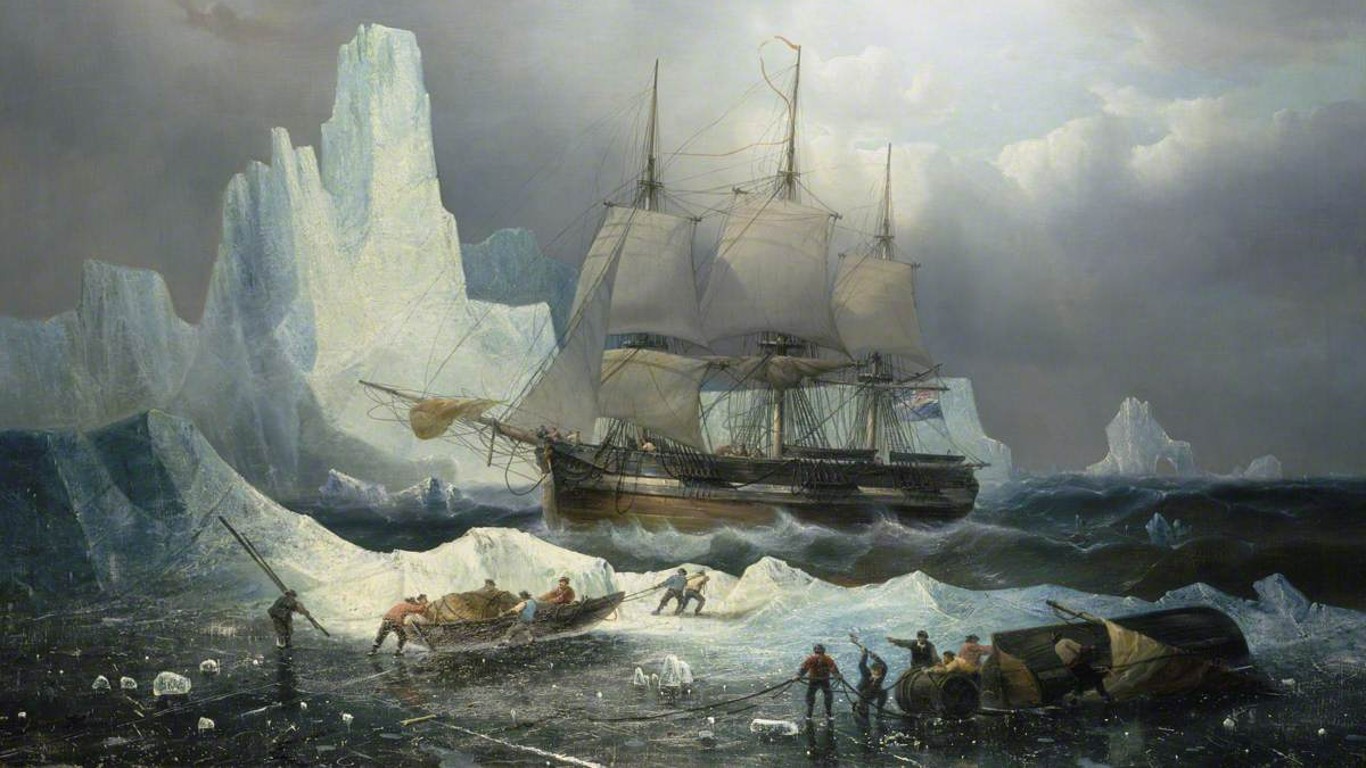
Erebus
> Found: Canadian coast
> Sunk: 1848
While searching for the Northwest Passage in 1848, Royal Navy Officer John Franklin and all his crew, along with their two ships, mysteriously disappeared. The fate of Franklin and his vessels Erebus and Terror remained a mystery for over 160 years, although multiple expeditions attempted to find them. Finally in 2014 a Canadian search mission found the Erebus in shallow water, almost fully intact, along with a note stating that Franklin had died before the two ships were abandoned.
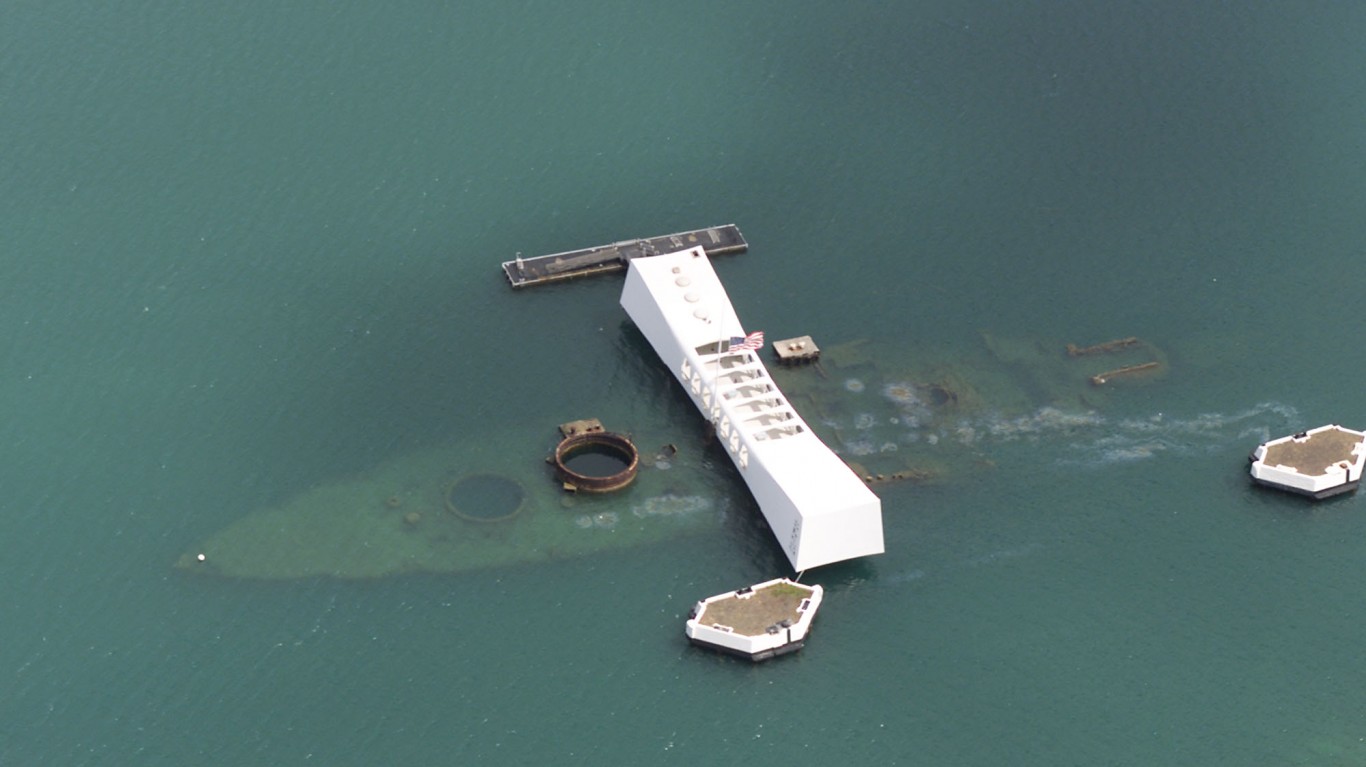
USS Arizona
> Found: Hawaiian coast
> Sunk: 1941
Originally launched in 1915, the USS Arizona had a long and varied career but is best known as the U.S. battleship bombed by the Japanese at Pearl Harbor in 1941. The bombing detonated a powder magazine, causing the ship to explode and sink, killing over 1,100 crewmen. The shipwreck remains in Pearl Harbor and is a National Historic Landmark and part of a memorial visited by millions of people every year.
[in-text-ad]
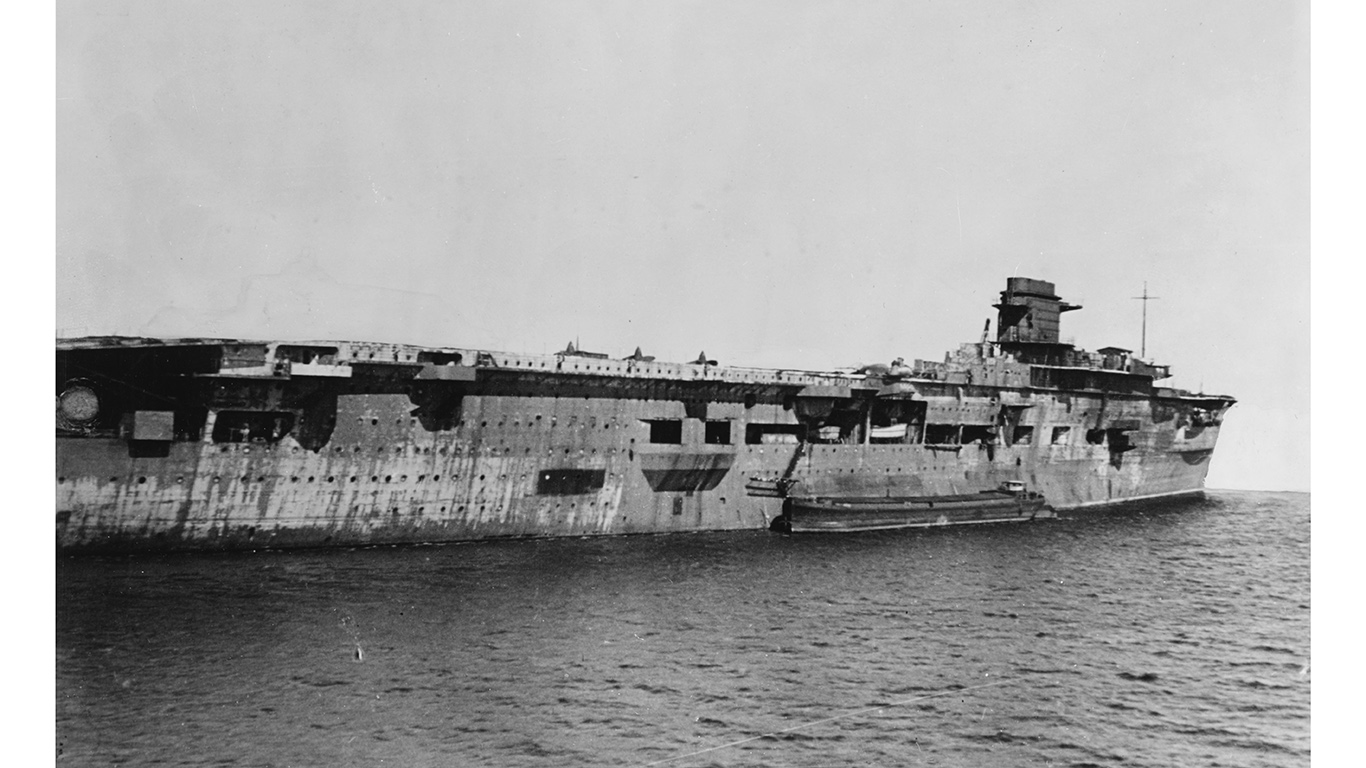
Graf Zeppelin
> Found: Polish coast
> Sunk: 1947
Launched in 1938, the Graf Zeppelin was Nazi Germany’s only aircraft carrier. At the end of WWII, the Soviet Union took control of the ship and used it for target practice. It sank in the Baltic Sea and was discovered in 2006 by a Polish oil company. The Polish Navy then gathered images of the wreck with remote-controlled underwater robots to confirm that the underwater hull, which is irretrievable due to its depth, was actually the Graf Zeppelin.
Dimitrios
> Found: Valtaki Beach, Greece
> Grounded: 1980s
Another smuggling ship mysteriously abandoned on the Greek coast, the Dimitrios washed up on Valtaki Beach in 1981 and the rusted hull remains there to this day. Various rumors exist as to how it ended up there, including that it was burned to hide evidence of its use as a smuggling ship, or that it was abandoned at a nearby port and drifted to the beach.
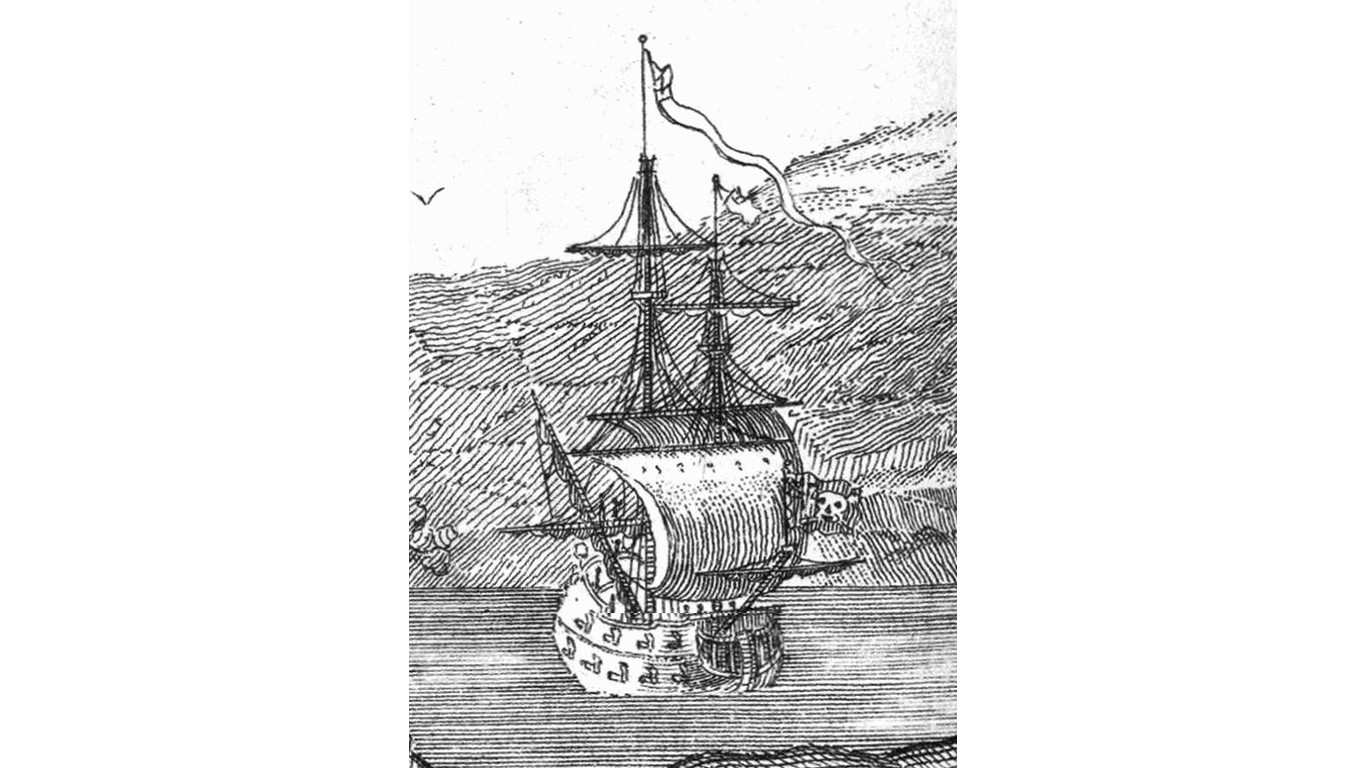
Queen Anne’s Revenge
> Found: North Carolina coast
> Grounded: 1718
Originally a Royal Navy ship, then a French slave ship, the Queen Anne’s Revenge was commandeered by the legendary pirate Blackbeard in 1717 and used for less than a year before it ran aground off the coast of North Carolina. Blackbeard escaped the wreck, which went undiscovered until 1996. So far over 30 cannons and 250,000 artifacts have been removed from the wreck.
[in-text-ad-2]
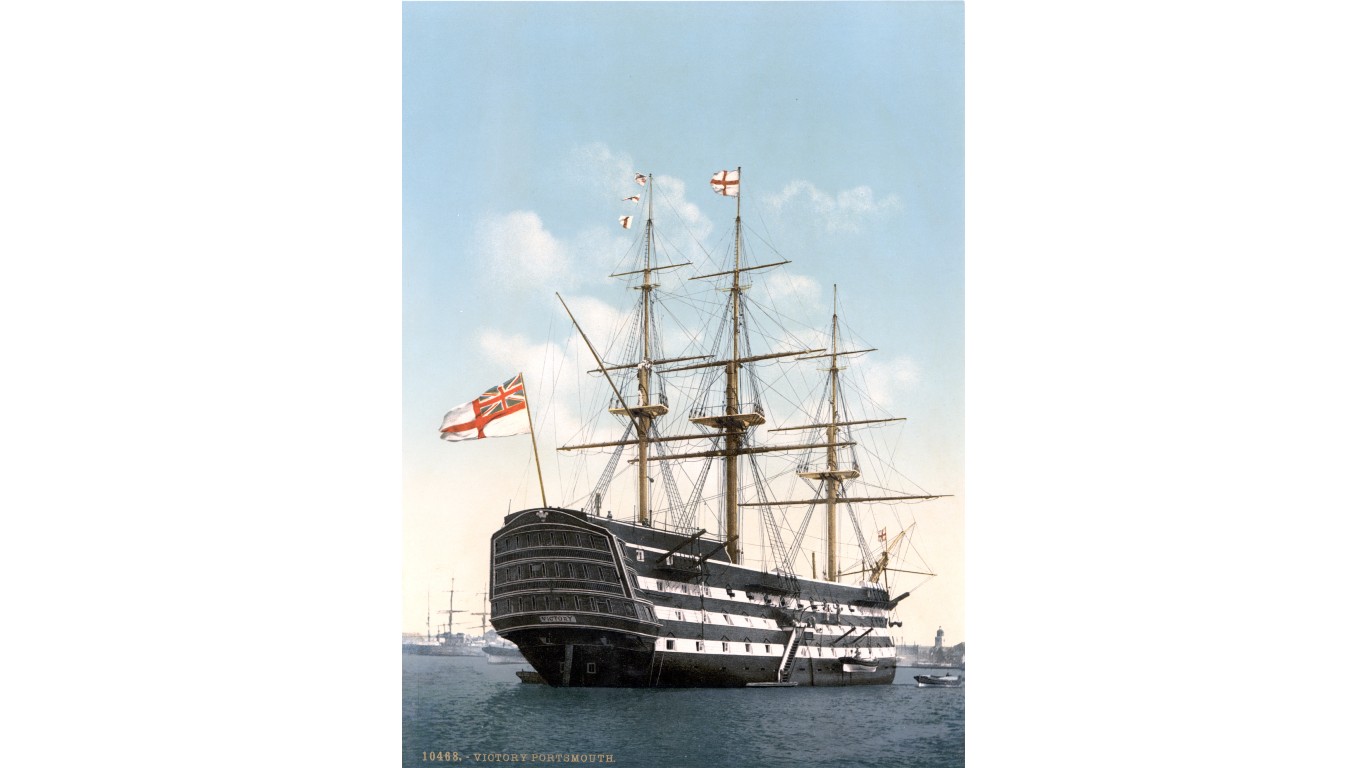
HMS Victory
> Found: English Channel
> Sunk: 1744
During a 1744 mission to relieve a convoy of British ships blockaded by the French, the 100-gun Royal Navy ship HMS Victory sank in a storm, taking all of its 1,150 crewmembers down with it. Its exact location remained a mystery and the topic of much debate until the sought-after wreck was finally located in 2008, along with a few of its 100 bronze cannons. Although it was rumored that the ship was also carrying gold, none has been recovered so far.
Whydah Galley
> Found: Cape Cod coast
> Sunk: 1717
A slave ship built in 1715, the Whydah Galley was captured by the pirate “Black Sam” Belamy during its maiden voyage, shortly after it left Jamaica. Two years later a storm around Wellfleet, Massachusetts, sank the ship, killing all but two of its crew. The ship’s remains were discovered in 1984, along with over 200,000 artifacts and treasure worth $400 million.
[in-text-ad]
Roman transport ship
> Found: Albanian coast
> Sunk: 1st century B.C.
A Roman vessel containing 300 wine jars was located off the Albanian coast in 2011 by a joint U.S.-Albanian archeological mission. The nearly 100-foot-long wreck is thought to have been carrying wine from southern Albanian vineyards. The wine vessels, known as amphorae, were found remarkably intact, but unfortunately their stoppers had long since disintegrated, allowing the wine to leak into the sea.
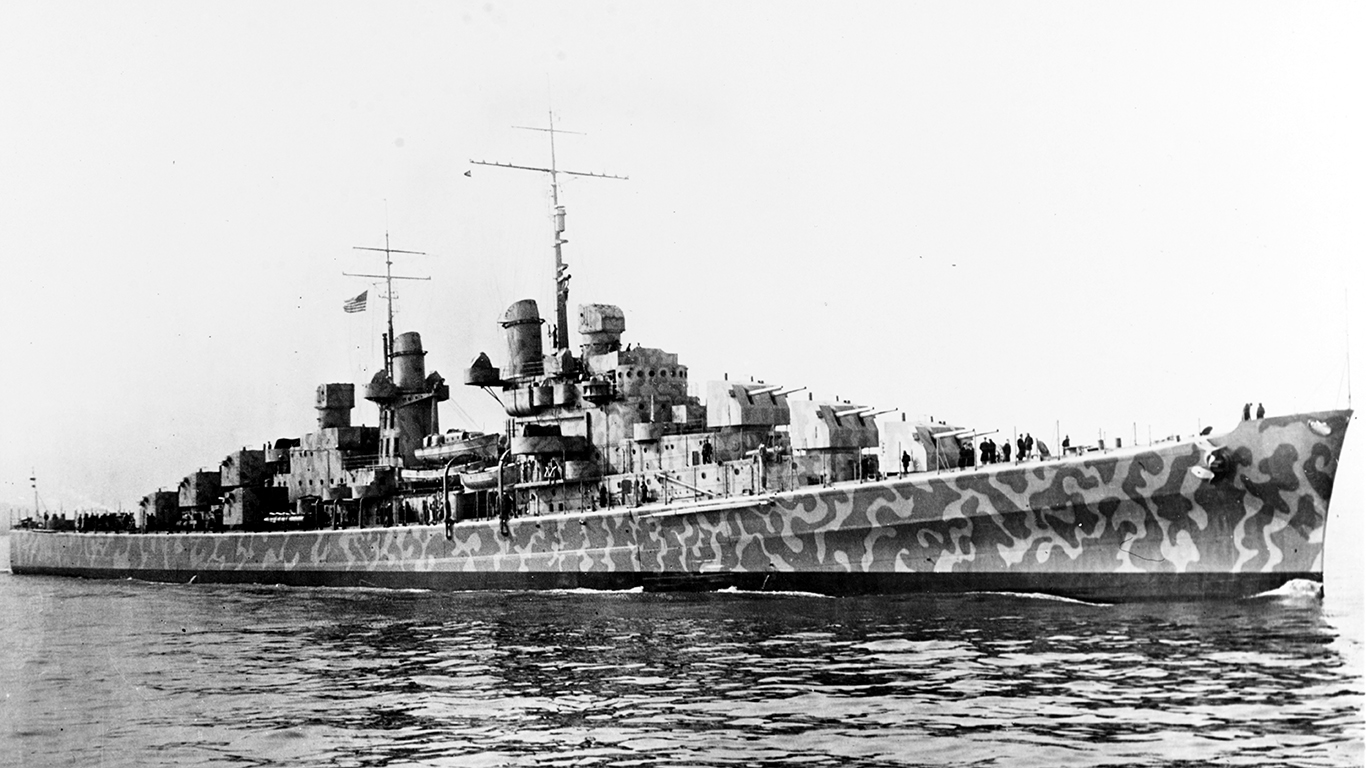
USS Juneau
> Found: Solomon Islands
> Sunk: 1942
During the WWII Battle of Guadalcanal, the USS Juneau was sunk by a Japanese torpedo off the Solomon Islands, taking 687 people with it. Among the dead were the Sullivan Brothers – five brothers from Iowa who fought together in the war. The Juneau was discovered in 2018 by Microsoft co-founder Paul Allen using his research vessel, the Petrel.

Two Brothers
> Found: 600 miles north of Hawaii
> Sunk: 1800’s
Captain George Pollard – whose ship the Essex was sunk by a whale in 1820, inspiring the novel “Moby Diсk” – lost another whaling ship to a storm west of Hawaii in 1823. Pollard and his crew escaped from the Two Brothers as it went down and boarded their consort whaleship, Martha. The shipwreck was discovered 600 miles northwest of Honolulu in 2008. Whaling artifacts such as harpoon tips, anchors, and a blubber hook have been retrieved from the site and the surrounding waters.
[in-text-ad-2]
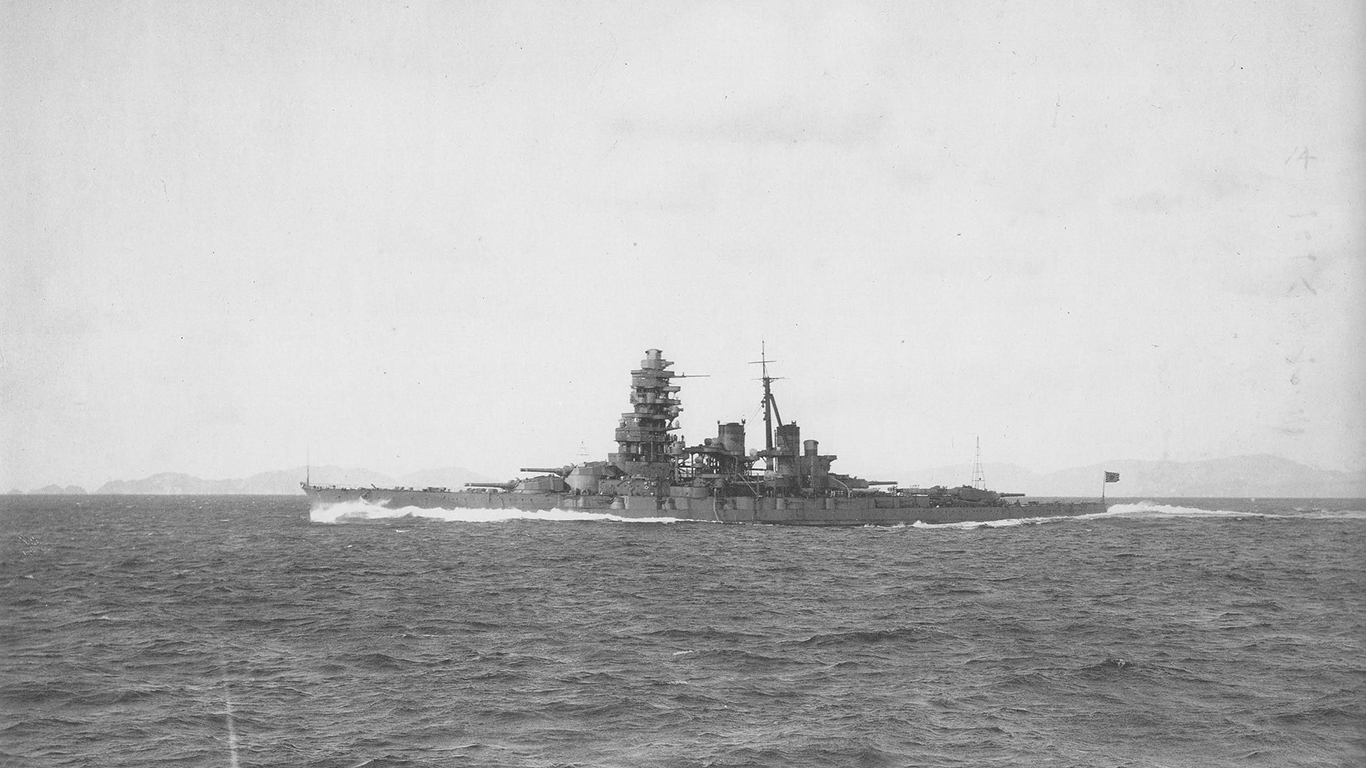
Hiei
> Found: Guadalcanal
> Sunk: 1942
Discovered in January of 2019, the 31,000-ton Hiei was the first Japanese battleship to be sunk by the U.S. during WWII. One of many discoveries made by researchers aboard the late Paul Allen’s R/V Petrel, the Hiei was found upside-down and split in two off the coast of Guadalcanal in the Solomon Islands.

Frank W. Wheeler
> Found: Lake Superior
> Sunk: 1885
On September 29, 1885, strong winds battered the Frank W. Wheeler, a new schooner-barge, as it was being towed near Grand Island. Its captain and crew escaped into lifeboats 15 minutes before the ship sank. In 2021, a team of researchers for the Great Lakes Shipwreck Historical Society found the Frank W. Wheeler, along with two other downed vessels, using a Remotely Operated Vehicle (ROV) and marine sonic technology. The Wheeler’s hull and cabins, along with many artifacts, lie 600 feet under water and have been remotely explored and documented.
[in-text-ad]
Thistlegorm
> Found: Red Sea
> Sunk: 1941
Launched in 1940, the Thistlegorm – Scottish for blue thistle – was used to transport weapons and supplies to British forces during WWII, until it was sunk by German bombers in the Red Sea near Egypt. The wreckage was first filmed by the explorer Jacques Cousteau in 1955. Thistlegorm’s massive propeller, anti-aircraft guns, and cache of spilled tanks and munitions make it a popular scuba diving hot-spot.

SS Central America
> Found: South Carolina coast
> Sunk: 1857
The SS Central America, loaded with 477 passengers and almost 10 tons of gold discovered in California during the Gold Rush, was heading to New York City from Panama when it was struck by a hurricane off the coast of South Carolina. It took the ship nearly two days to sink, during which time a passing ship was able to rescue around 50 of its passengers. The shipwreck was discovered in 1988 along with $150 million worth of gold.

USS Monitor
> Found: North Carolina coast
> Sunk: 1862
The USS Monitor, an ironclad warship famous for its Civil War standoff with the CSS Merrimack (USS Virginia), sank in a storm while being towed off the coast of North Carolina in the winter of 1862. In 2002, after six weeks of work, divers were able to recover the ship. Various pieces of the Monitor are on display at the Mariners’ Museum in Newport News, Virginia.
[in-text-ad-2]
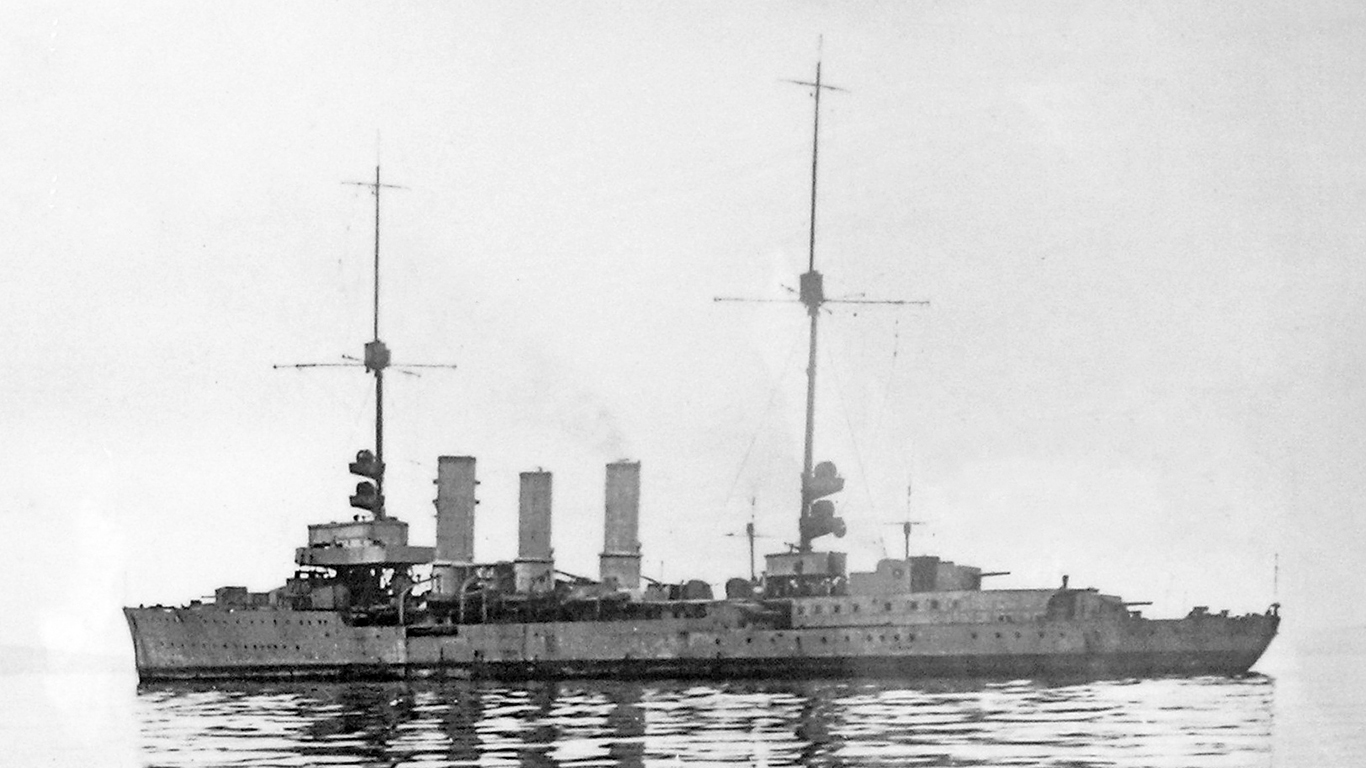
SMS Cöln
> Found: Orkney Islands
> Sunk: 1919
The SMS Cöln is one of 52 German warships sunk off the Orkney Islands off the northeastern coast of Scotland in the aftermath of WWI to prevent the British from seizing them, as dictated under the terms of the 1918 armistice. In the 1920s a British scrap metal dealer began salvaging the ships and by 1931 he’d removed over 30 of them, but the Cöln remained underwater and is now a popular scuba diving attraction.
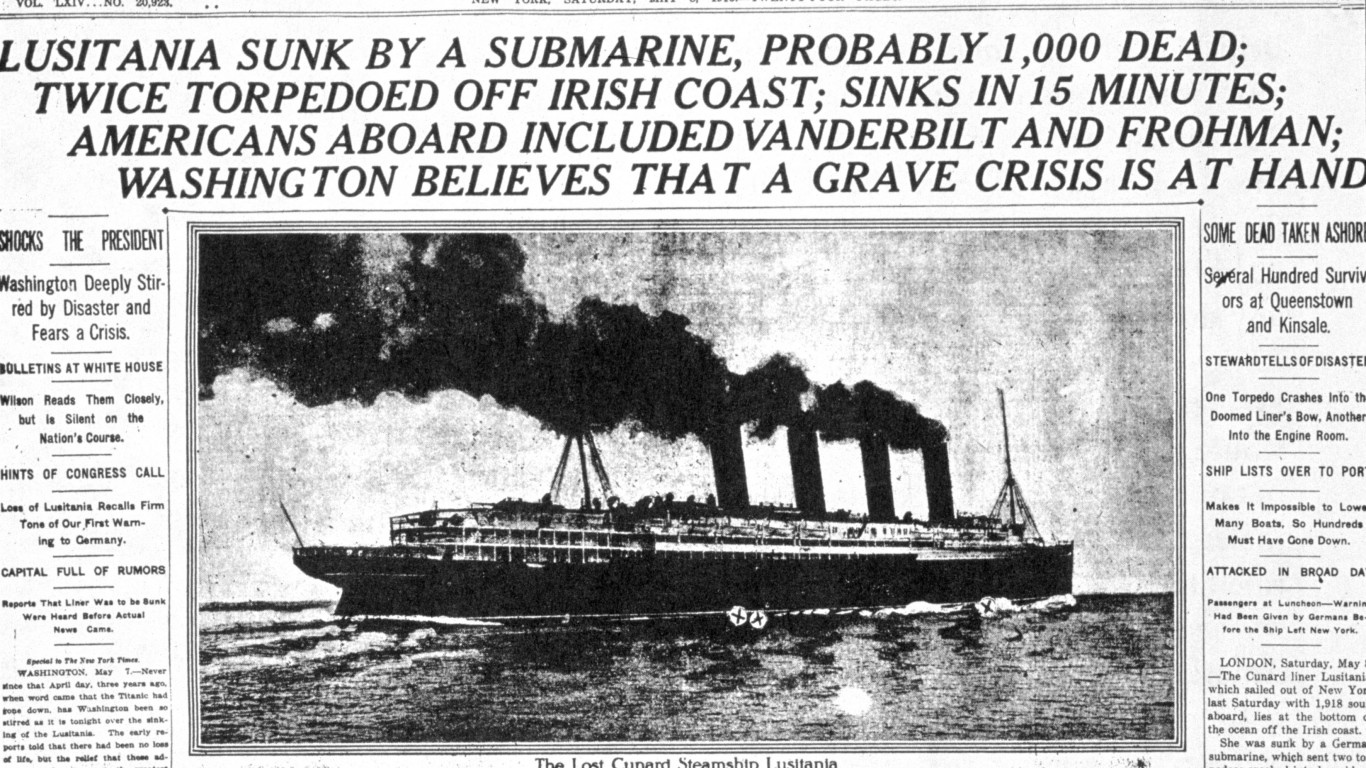
Lusitania
> Found: Irish coast
> Sunk: 1915
When the Lusitania launched in 1906, it was the largest ship in the world. An ocean liner operating in the transatlantic passenger trade, the Lusitania was known for its speed, setting a record for fastest Atlantic crossing in 1907. After 202 successful Atlantic crossings, it was torpedoed by a German U-Boat in 1915. Almost 1,200 passengers and crew died when the ship sank off the coast of Ireland. Many of the ship’s artifacts have been recovered throughout the years and are on display at museums around the world.
[in-text-ad]
La Belle
> Found: Gulf of Mexico
> Sunk: 1686
In 1684, the French ship La Belle, along with three other ships belonging to the explorer La Salle, set sail for the Mississippi River with 300 settlers aiming to colonize the area. The ships veered hundreds of miles off course into the Matagorda Bay off the coast of Texas. La Belle sank in the bay during a storm in 1686 and wasn’t discovered until 1995 by marine archaeologists. The hull has been recovered, along with many artifacts including tools, trade goods, weapons, and personal items of the would-be settlers, all of which are displayed in the Bullock Museum in Texas.

The Sultana
> Found: Arkansas
> Sunk: 1865
Designed to carry no more than 376 passengers, this commercial steamship was overloaded with 2,137 people – many of them Union Army prisoners of war who were being shipped back north – when three boilers exploded and sank the ship in the Mississippi River near Memphis, Tennessee. Over 1,200 passengers died in the wreck. As the river changed course multiple times over the next century, the remains of the Sultana were found buried under an Arkansas soybean field in 1982, about four miles from Memphis.

USS Hornet
> Found: Solomon Islands
> Sunk: 1942
The USS Hornet, the aircraft carrier that launched the famed WWII Doolittle Raid against Tokyo, was later sunk by Japanese torpedoes during the Battle of the Santa Cruz Islands. Though 2,000 sailors were able to escape, 140 died on the sinking ship. In another discovery made by Paul Allen’s R/V Petrel, the USS Hornet’s remains were located more than three miles underwater off the Solomon Islands.
[in-text-ad-2]

Pere Marquette 18
> Found: Lake Michigan
> Sunk: 1910
On September 9, 1910, while carrying a cargo of 30 rail cars from Michigan to Wisconsin, the Pere Marquette 18 began taking on water for unknown reasons. Although the crew threw some rail cars overboard, the ship eventually went down, claiming the lives of 29 crew and passengers, while 32 people survived the wreck. Shipwreck hunters have been searching for the Marquette ever since, and in July of 2020, two Minnesota hunters discovered the ship’s hull nearly 500 feet underwater. Local historians hope that the find may finally shed light on why the Pere Marquette 18 sank.
Vasa
> Found: Coast of Sweden
> Sunk: 1628
A Swedish warship built around 1628, the Vasa was the most high-tech warship of its time. Even though it was one of the Swedish Navy’s greatest achievements, engineering problems coupled with strong winds caused the ship to sink less than a mile into its maiden voyage, to the horror of the Swedish public who’d gathered to watch it set sail. The ship’s nearly intact wooden hull, along with thousands of artifacts, was recovered in 1961 and is now a popular tourist attraction.
[in-text-ad]
The Mary Rose
> Found: Isle of Wight
> Sunk: 1545
A warship of England’s King Henry VIII, the Mary Rose was first launched in 1511. It served in many battles against Scotland and France, and was finally sunk during a battle in 1545. It was discovered in 1971, close to the Isle of Wight, and has since become one of the most expensive projects in maritime archaeology. The ship’s wreckage, over 26,000 artifacts, and half the crew’s bodies have been recovered. A museum at the Portsmouth Dockyards has the ship’s hull and many artifacts on display.
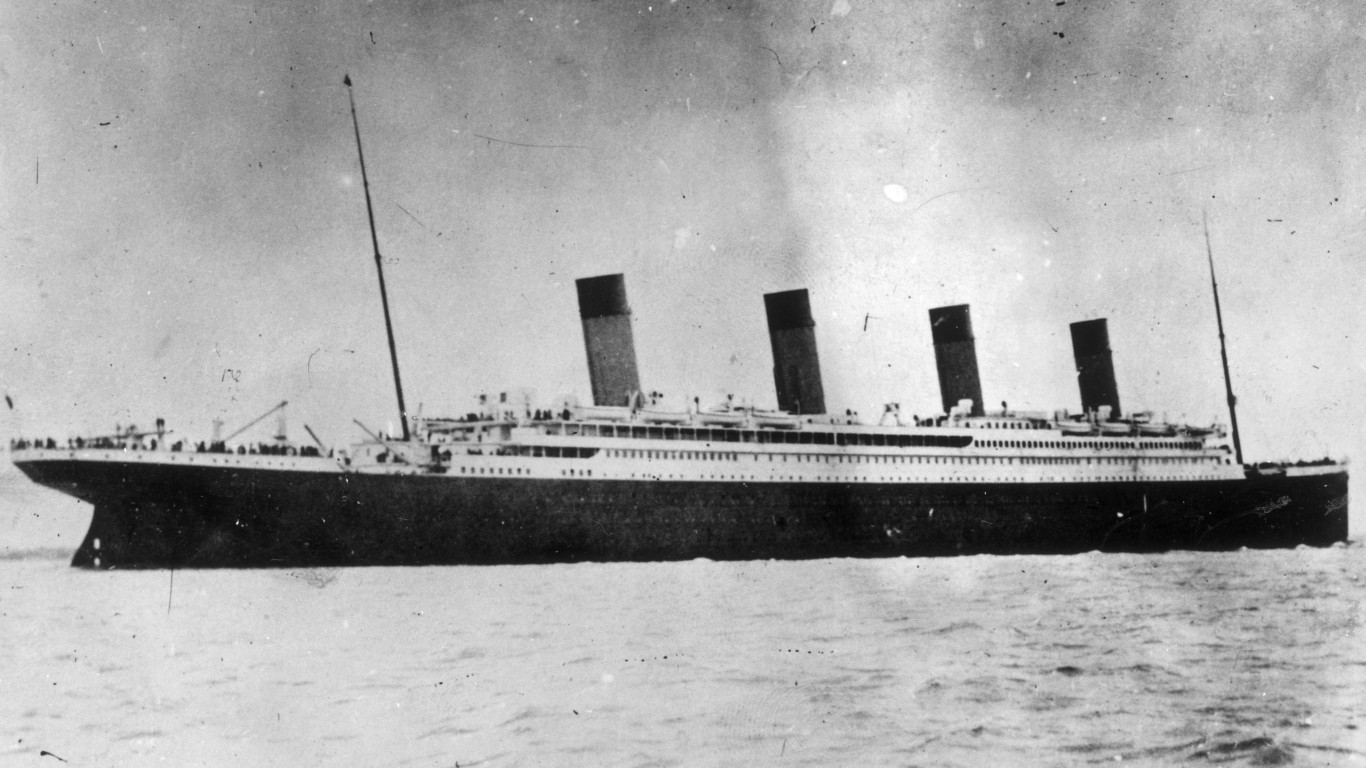
RMS Titanic
> Found: 400 miles east of Newfoundland
> Sunk: 1912
The RMS Titanic, a British ocean liner featuring state-of-the-art technology, sank during its 1912 maiden voyage from England to New York City after striking an iceberg. Over 1,500 passengers and crew perished, and about 700 survived. In addition to the massive casualties, the ship went down with about $200 million worth of gold, silver, diamonds, and other riches. The Titanic’s hull, which had split in half, was finally found in 1985, and hundreds of artifacts have been recovered from the wreckage.

The Centaur
> Found: Australian coast
> Sunk: 1943
The AHS Centaur, a clearly marked WWII hospital ship traveling from Sydney to Port Moresby, was struck by a Japanese torpedo in 1943. Of the 332 passengers, 64 survived and were rescued by an American ship after waiting 35 hours on liferafts. The ship’s wreckage was discovered in 2009 and the site is protected to prevent souvenir hunters from raiding the remains.
[in-text-ad-2]
Batu Hitam
> Found: Belitung Island, Indonesia
> Sunk: 830
This ancient Arabian ship discovered in 1998 off the Indonesian coast may be up to 2,500 years old. It was likely traveling from China to Africa when it sank, carrying what may be the largest collection of Tang Dynasty artifacts ever discovered – over 60,000 pieces. Valued at about $90 million, the treasures recovered from the shipwreck are mostly ceramics and pottery, including bowls, spice jars, and funeral urns.
Eduard Bohlen
> Found: Namibia
> Grounded: 1909
Namibia’s Skeleton Coast, a stretch of barren desert dunes that meet the Atlantic Ocean in a shroud of fog, is littered with shipwrecks. The most picturesque of these is the Eduard Bohlen, a German cargo ship that ran aground in 1909 on its way to South Africa and washed ashore along the coast. Because the shoreline has changed over the years, the wreck now sits 1,000 feet away from the water, surrounded by nothing but sand.
[in-text-ad]
Roman-era Merchant ship
> Found: Israel coast
> Sunk: 5th century
In 2016, two divers discovered cargo from a 1,600-year-old merchant ship off the coast of northern Israel, in the ancient Roman port of Caesarea. Subsequent salvage efforts have recovered treasures including elaborate and well-preserved bronze statues, pottery, and metal coins. The ancient harbor has been the site of numerous recent ship cargo discoveries, with troves of gold, jewelry, gemstones, and ceramics recovered in 2021.
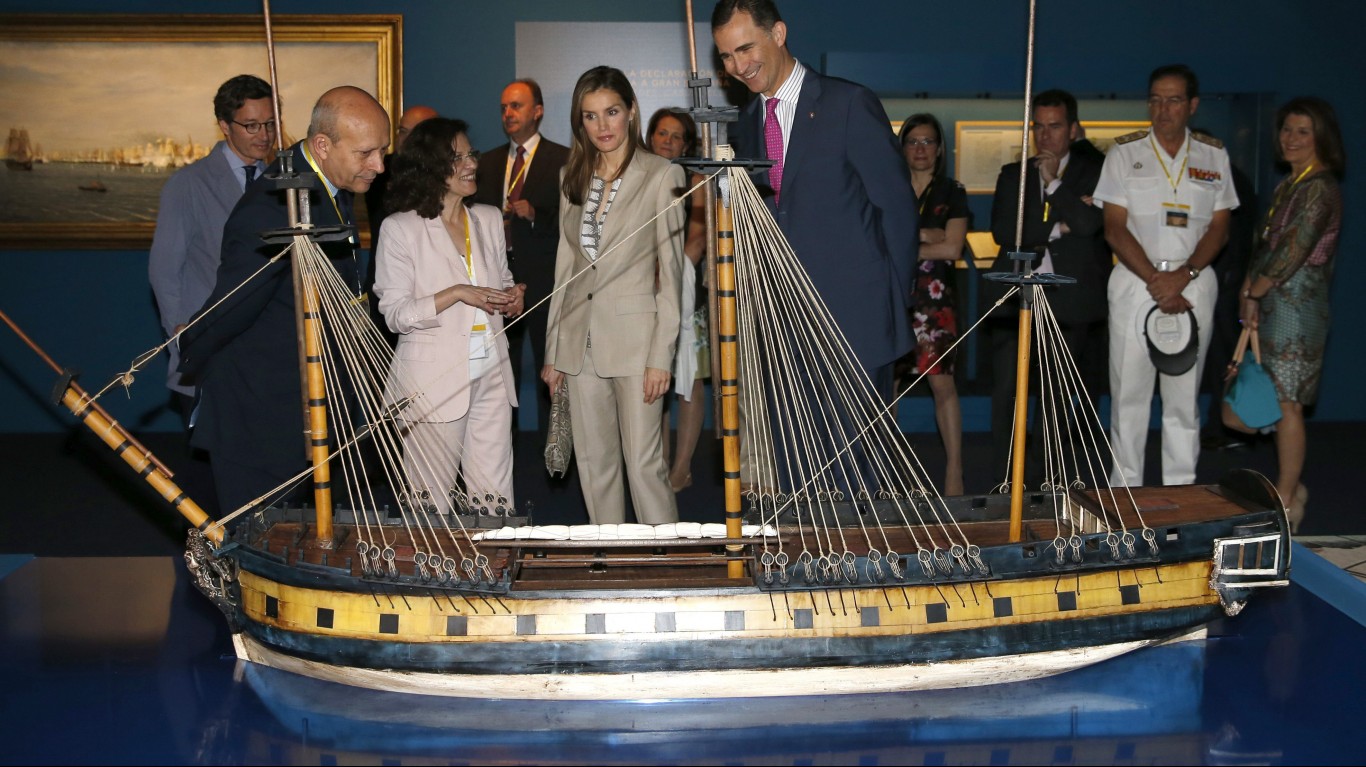
Nuestra Señora de las Mercedes
> Found: Portugal coast
> Sunk: 1804
The Nuestra Señora de las Mercedes, a Spanish frigate sunk by the Royal Navy in 1804, may be the most valuable shipwreck ever discovered. About $500 million in gold has been recovered from the wreck, which was found off the coast of Portugal in 2007. The Spanish and Peruvian governments have both claimed ownership of the gold, and in 2012 a U.S. Supreme Court case granted Spain rights to the treasure. Along with other artifacts from the shipwreck, the gold is now on display in museums across Spain.
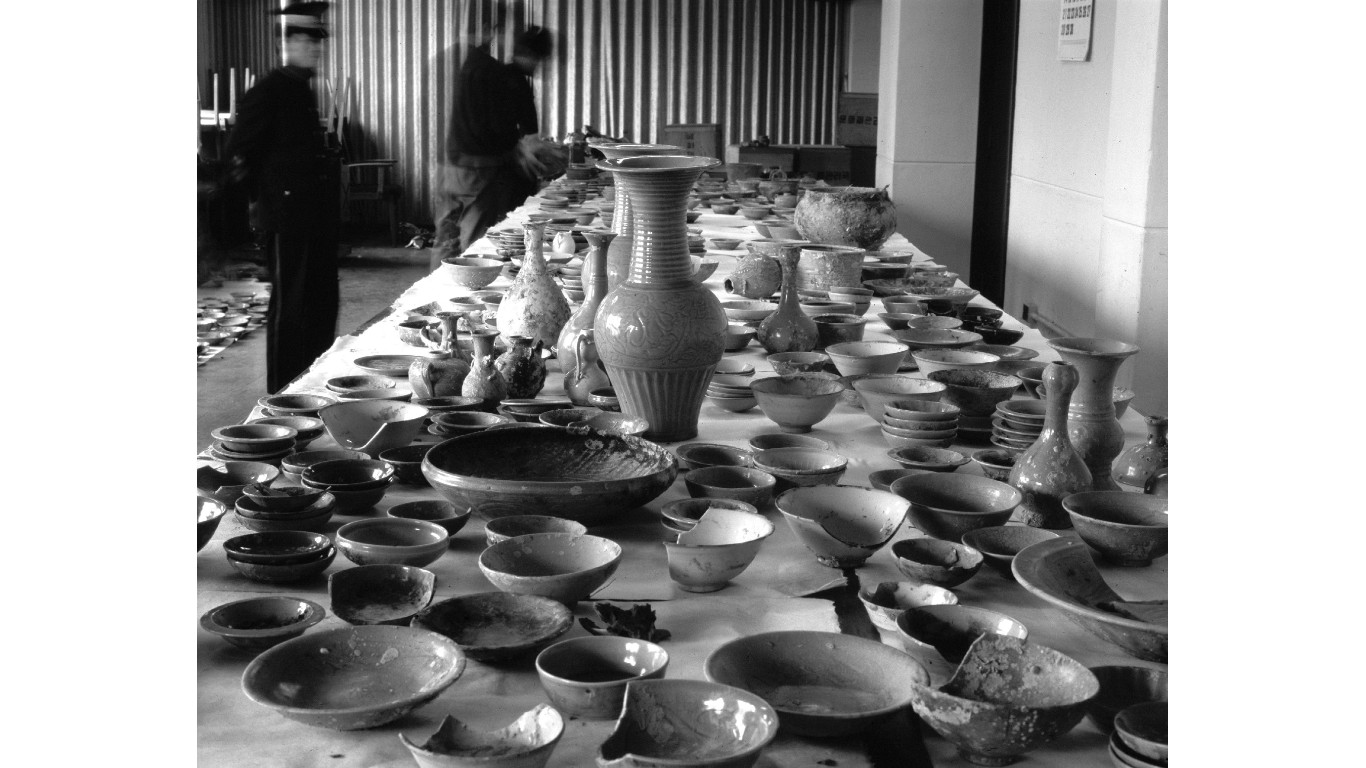
Korean 12th-century shipwreck
> Found: South Korean coast
> Sunk: 1300s
In 2007, South Korean archaeologists discovered a huge cache of well-preserved Korean porcelain from a 12th-century shipwreck, after local fishermen caught an octopus clutching an ancient plate and reported the find to authorities. The collection includes over 2,500 cups, bowls, and plates that were meant to be delivered to government officials and nobles of the Goryeo Dynasty.
[in-text-ad-2]

Gribshunden
> Found: Swedish coast
> Sunk: 1495
The Gribshunden, which translates to Griffen-Hound, was a medieval Danish warship that featured a colorful, elaborately carved, 660-pound wooden figurehead depicting a sea monster. The ship sank off the coast of Sweden in 1495 after catching fire. It was discovered in the 1970s but major salvage and excavations began in 2015. It is possibly the best-preserved late-medieval ship in the world.
100 Million Americans Are Missing This Crucial Retirement Tool
The thought of burdening your family with a financial disaster is most Americans’ nightmare. However, recent studies show that over 100 million Americans still don’t have proper life insurance in the event they pass away.
Life insurance can bring peace of mind – ensuring your loved ones are safeguarded against unforeseen expenses and debts. With premiums often lower than expected and a variety of plans tailored to different life stages and health conditions, securing a policy is more accessible than ever.
A quick, no-obligation quote can provide valuable insight into what’s available and what might best suit your family’s needs. Life insurance is a simple step you can take today to help secure peace of mind for your loved ones tomorrow.
Click here to learn how to get a quote in just a few minutes.
Thank you for reading! Have some feedback for us?
Contact the 24/7 Wall St. editorial team.
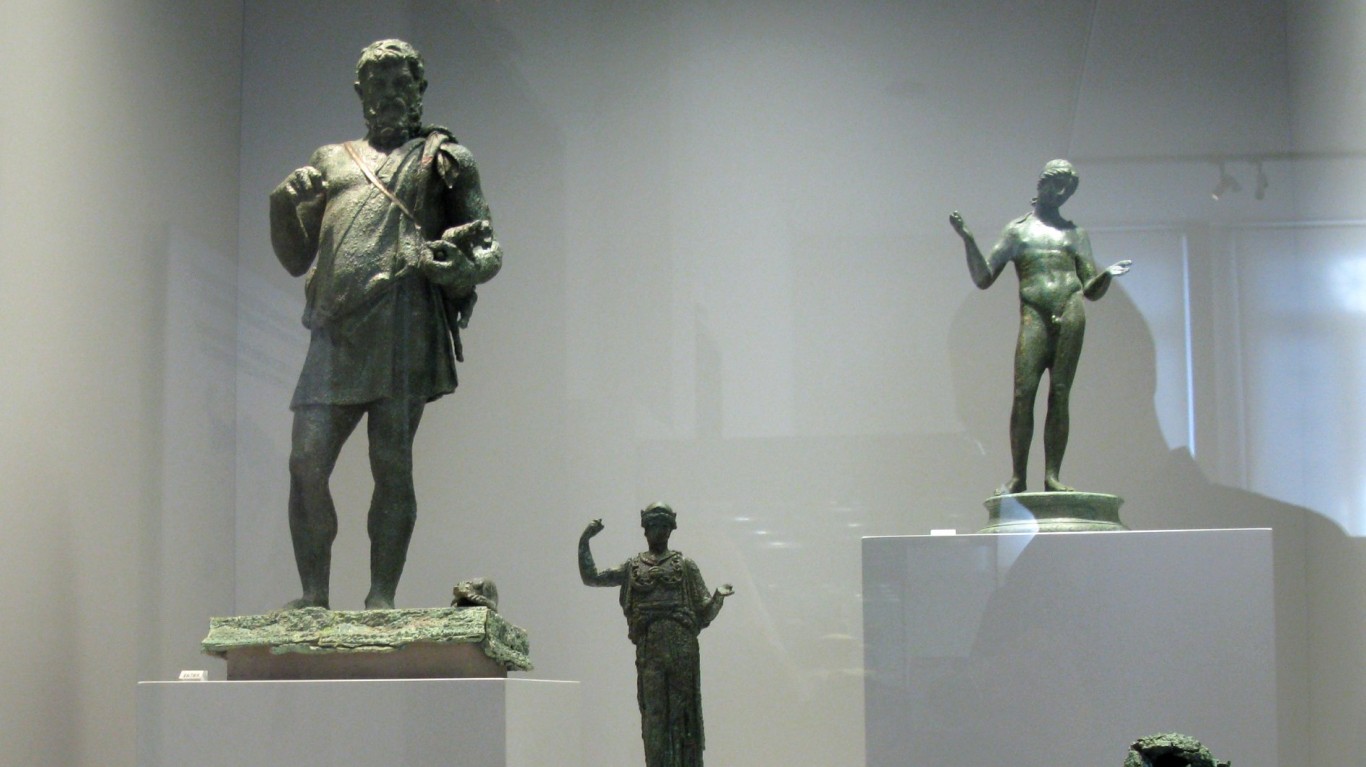
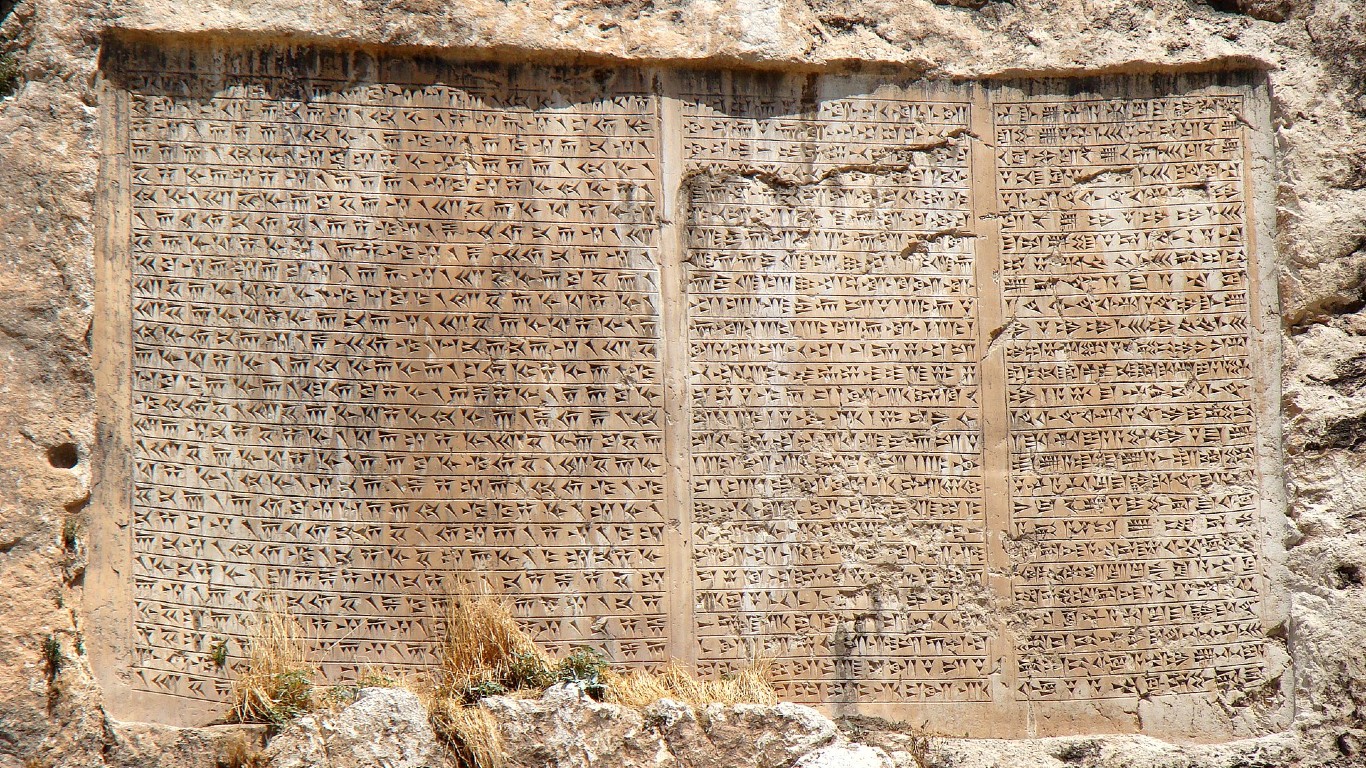 24/7 Wall St.
24/7 Wall St.
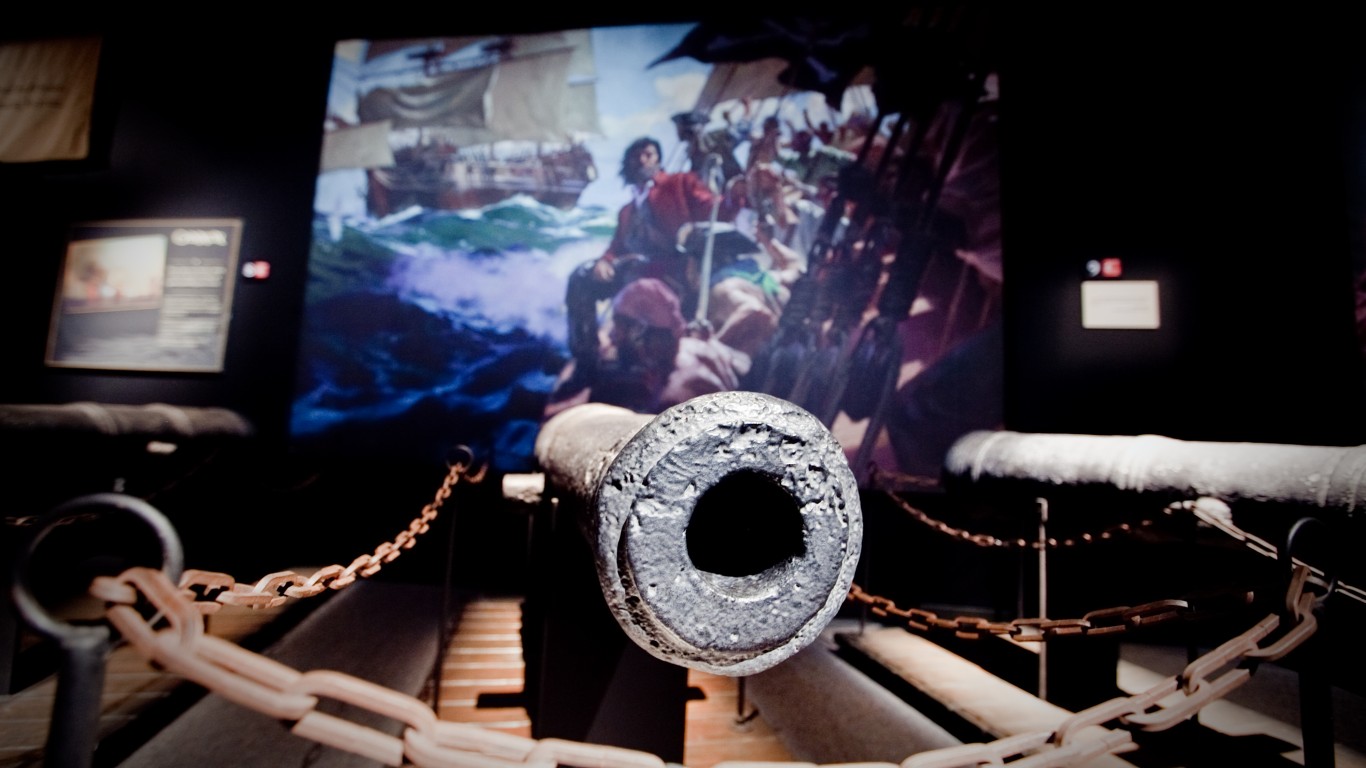
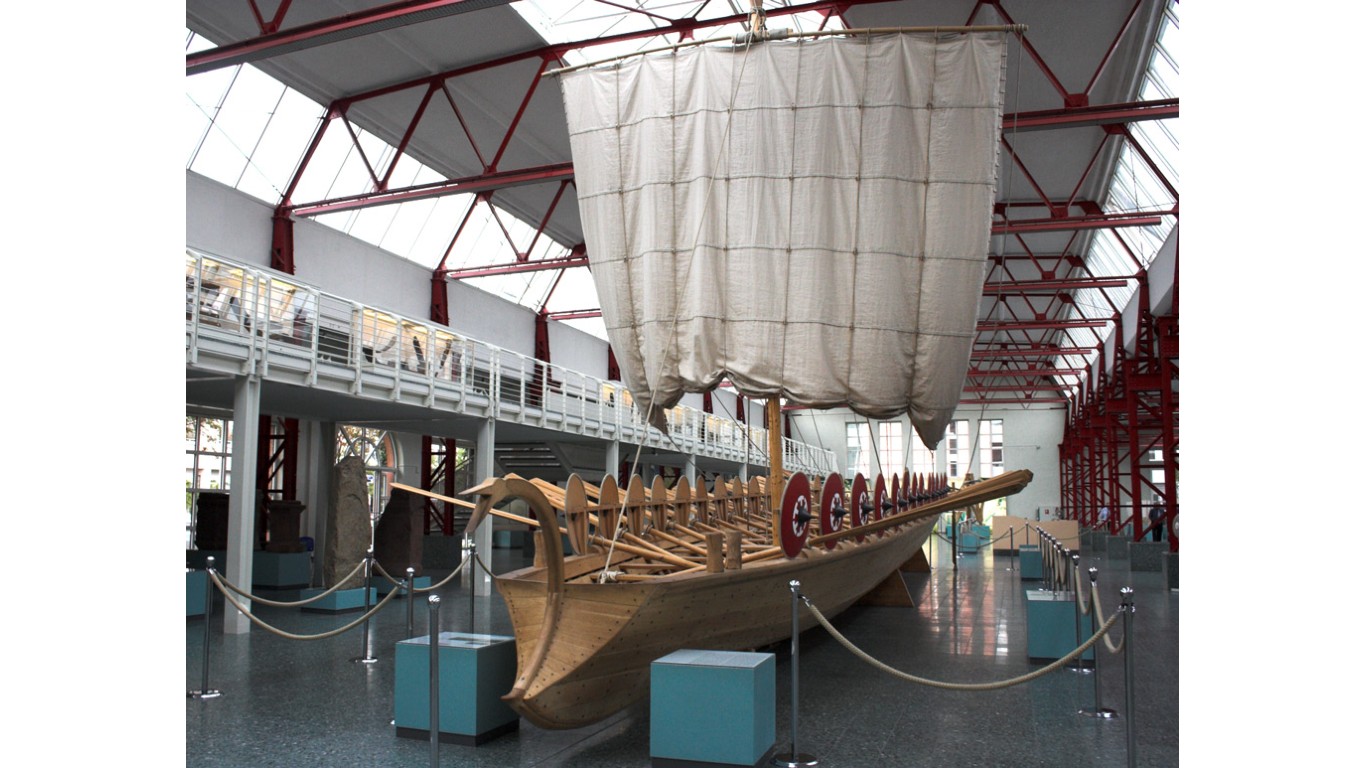
 24/7 Wall St.
24/7 Wall St.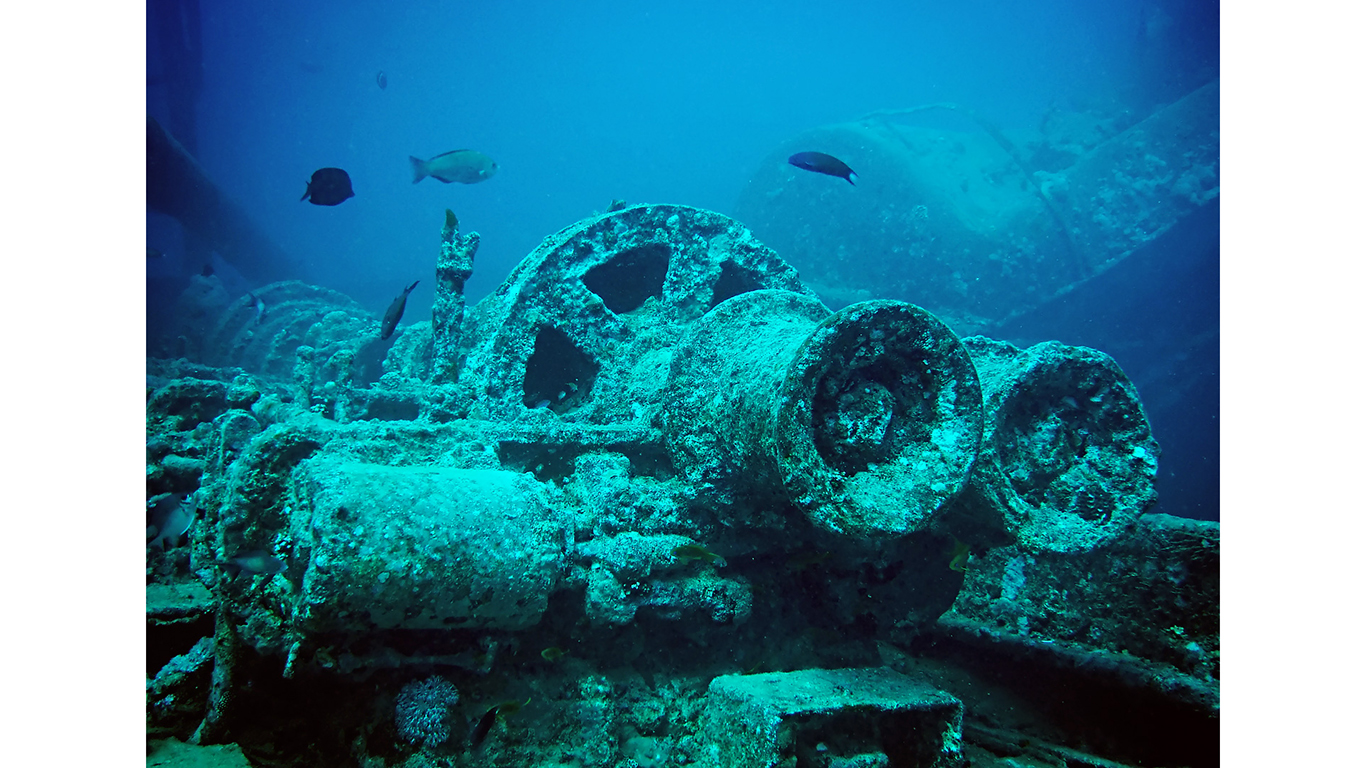
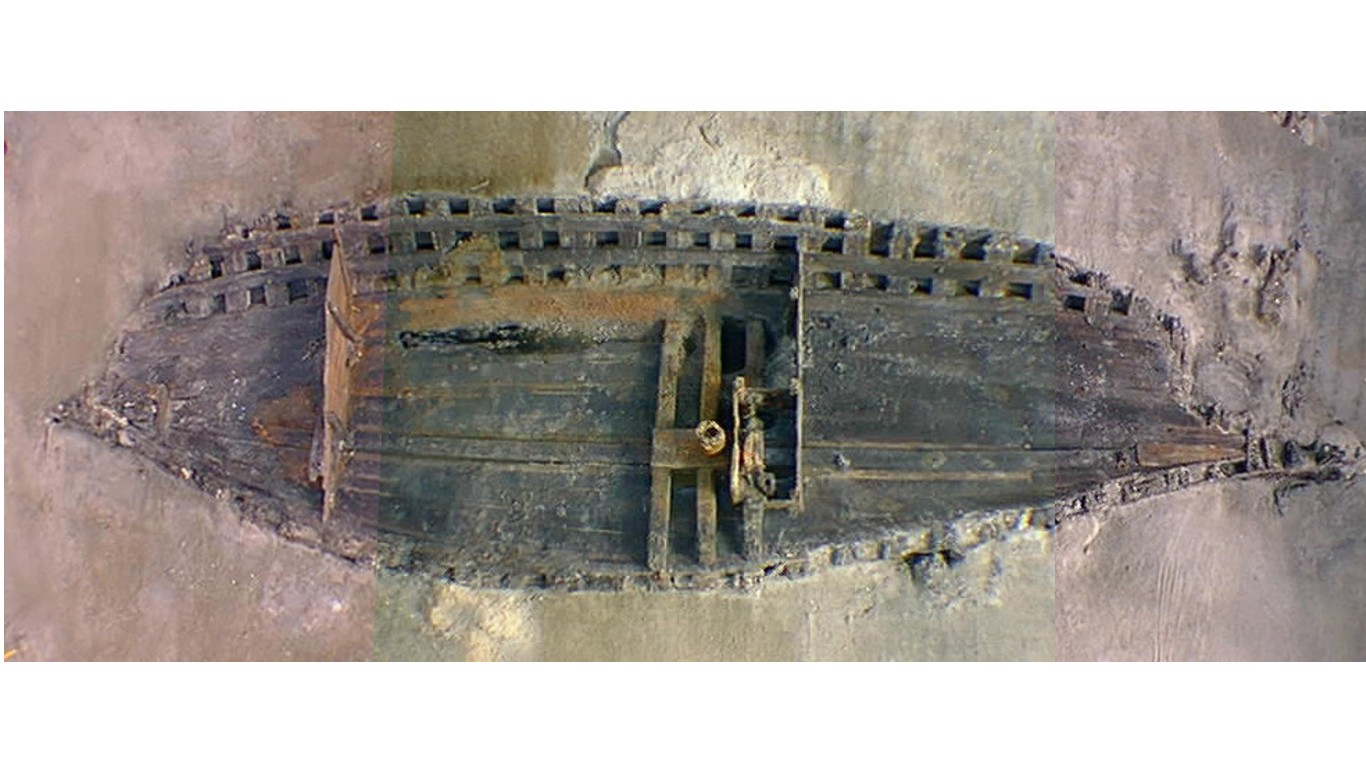
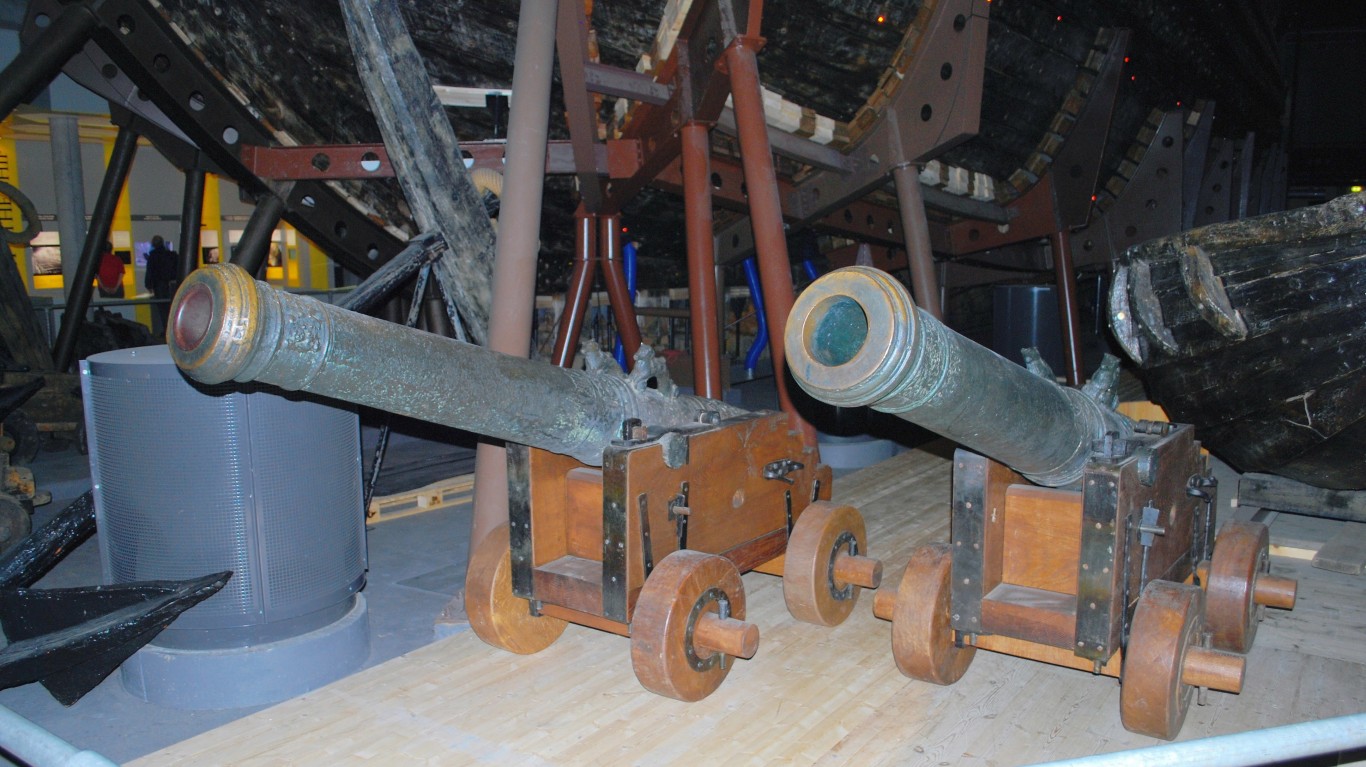

 24/7 Wall St.
24/7 Wall St.

